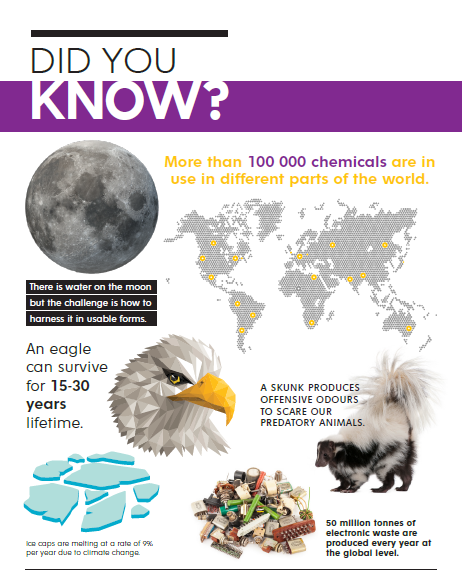What is Environmental Management System?
The Environmental Management System (EMS) standard ISO 14001 is developed by International Organization for Standardization (ISO). ISO 14001 standard is made up of five key elements as environmental policy, environmental planning, implementation and operation, checking and corrective actions and management review. This standard is designed and developed to help the organization to establish management processes which control and improve an organization’s environmental performance. This is done through minimizing or eliminating the environmental impacts from activities, products and services being offered. The system also helps to reduce legal risks by ensuring compliance with other requirements related to environmental management. The standards also facilitate the business to evaluate and improve their environmental performance
Business leaders must adapt to the dynamics of an over changing environment. The environmental awareness level is increasing due to a range of factors as for example, market pressure, social responsibilities, company image, operational efficiency, and customer requirements. An environmental management system is used to guide organizations be they small or large on management of environmental. Businesses should implement such systems to maintain compliance with environmental regulations, lower environmental costs, reduce risks and improve environmental performance.
Why it is important for business to adopt EMS
The environmental management system provides organizations with a framework to protect the environment and respond to changing environmental conditions in balance with social-economic needs. There are financial and operational benefits that result from implementing a sound environmental management system. The system supports good governance and leadership for every organization to achieve sustainability.
Mauszak Flejsman recognizes the external benefits listed below:
- Raising attractions in the eyes of investors (Shareholders) as well as improving the image of the company which can give rise to successful business negotiations
- Raising competitiveness on the internal and external market by deepening the trust of customers and contractors
- Improving the conditions of the natural environments
- Increasing market share by meeting the market requirements of “caring for the environment”
- Improving relations with local community
- Possibility of maintaining old customers and gaining new ones.
Benefits of implementing EMS on Small to Medium Enterprises (SME) or large organisation
- Easy obtaining permits or licenses
- Increase morale
- Minimising waste
- Economic use of raw material and energy
- Gain a competitive advantage
- Reducing the risk of environmental accidents and emergencies
- Resources for planning and setting of targets.
- Preventing incidents that result in liability e.g., Fine, Injuries, Property damages, substandard products
- Improving cost control
- Improve the overall image of the business
- Increase business credibility for investors, partners, financial institution, and public.
- Designing more environmentally friendly products
- Satisfying investor criteria and improving access to capital
- Enhancing image and market share
- Conserving input materials and energy
- Improving relations between industry and government
- Promoting environmental awareness among external providers and all persons doing work under the organization’s control
- Maintaining good public and community relations; Internal and External stakeholders
Implications of not conforming with EMS
- Lack customer confidence
- Loss of revenue on fines
- Poor communication
- Property damages
- Loss due to injuries and or fatalities
- Low employee’s morale
- Bad corporate image
- Litigation
Processes of implementing EMS
- Planning
- Implementation and operation
- Checking
- Management Review
- Environmental Policy
- Continual Improvement
- Based on the ISO 14001:2015 model for implementation.
Business leaders must demonstrate commitment with respect to the environmental management system and ensuring that the system is embedded into the strategic directions and the context of the organization. Make sure that resources are available that support the environmental management system. Every business leader has a duty to scan the external environment and put solutions that are sustainable for the organization and the country at large. The management system helps companies to monitor and control any negative impacts on the environment. As with most management systems the main objective of an EMS is to allow relevant information to be conveyed effectively through an organization. The EMS contains the organizational structure, responsibilities, practices, procedures, processes, and resources for determining and implementing environmental policy. Finally, small to medium enterprise (SME) must formalize and regularize their processes in line with standards or system requirements for them to upscale their business. Therefore, business leaders that do not implement standards are at high risk of losing business due to substandard product or services and non-compliance to legal and other requirements. Today’s business is being driven by ISO standards, hence organization must standardize their processes and be certified by accredited bodies such as the Standard Association Zimbabwe (SAZ).



